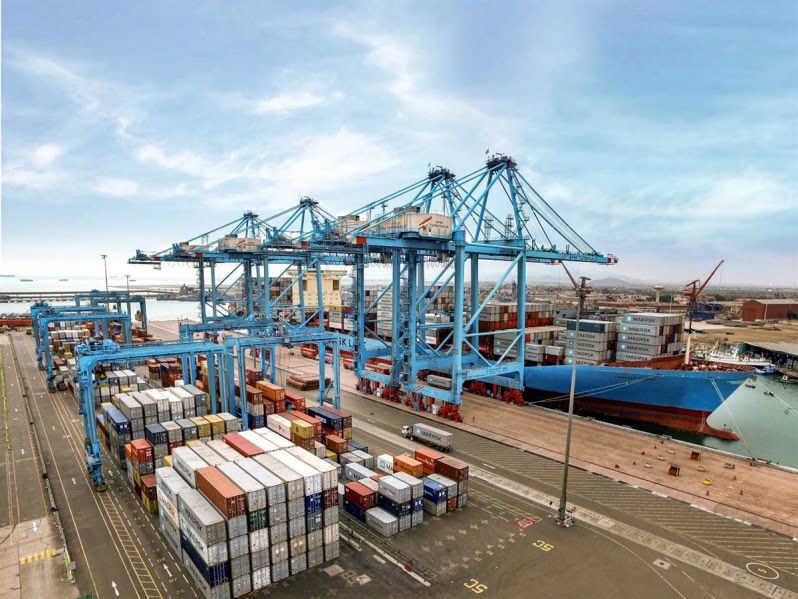
What is the outlook on the routes that connect Latin America to the world?
Maersk reviewed in detail, the different developments that are producing in each marine lane.
The different routes connecting Latin America with the different markets of the world were reviewed by Maersk, a shipping line that gave a complete overview of the situation in each of them. While stability is generally appreciated, attention should be paid to the different developments taking place in each scenario.
Asia-West Coast: With changes in European and US markets. The region starts its peak season in August, the outlook remains positive from India and the Middle East, while long-term contracts continue to work well.
Asia-East Coast: Since some operators have deployed additional capacity by August, demand for the third quarter is expected to remain strong, it is possible to observe fluctuations in tariffs in the open market. The large-scale segment is also performing well, but a major risk is Argentina’s demand as the economic situation deteriorates. Another latent risk is China’s zero-tolerance COVID policy, along with changes in available capacity implemented by August and September before October Golden Week.
Europe/Central, Western Asia – West Coast: Volumes remain stable and summer holidays in Europe are expected to have an average impact from August; the greatest risk in the markets is focused on the routes from Germany with trade union stoppages that mainly affect the operations of the ports of Hamburg and Bremerhaven.
Europe – East Coast: The Mediterranean market remains strong and stable with minimal impact from the effect of the European summer holiday on the loads of August. Northern Europe is under pressure from strikes in Germany which mainly affect operations in the ports of Hamburg and Bremerhaven. In addition, industrial sectors continue to point to the impact on their supply chains due to the conflict between Ukraine and Russia.
Central Asia, West – East Coast: With changes in markets in Europe and the US, more space is available for short-term demand; expecting this region to enter its peak season in August, the outlook remains positive from India and the Middle East to America, while long-term contracts continue to work well.
Northbound routes
West Coast-Asia: Scrap prices are expected to decline, which could affect exports in the coming months. World copper prices fell, but exports remain strong. Mining segments in Mexico continue to perform well. Mexico’s avocado high season will begin in September/October
East Coast-Asia: Overall demand continues to be driven by protein-related products in Asia, mainly in China.
West Coast-Europe: While volumes are healthy, recently introduced capacity has resulted in a weaker market with an average market utilization of 90% among operators without delays and significant tariff reductions in a short-term approach. Meanwhile, the long-term segment is unstable with spot rates now reaching long-term contract levels for all operators. The main risk to consider, apart from the zero tolerance policy for VOCID in China, is the available capacity implemented for August and September before October Golden Week.
East Coast-Europe: The cotton harvest is gradually increasing now in August as the high season is expected to take place in the fourth quarter.
The climate factor
According to Maersk, in Latin America the situation related to climate unrest is more stable in the Gulf of Mexico. However, in Chile you can see the deterioration of the itineraries as a result of the frequent closed windows of the ports, due to the strong winds. On the other hand, in the ports of Itapoa and Paranaguá the waiting time of a ship can be up to 1 day.
SOURCE: MUNDOMARITIMO.CL
